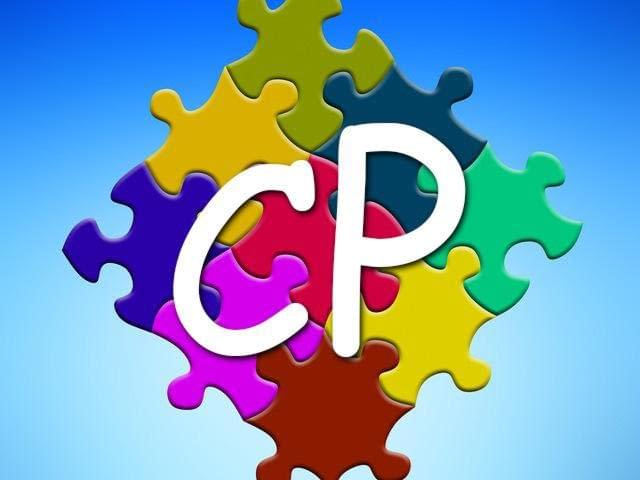What is a neuropsychological evaluation? The difference between psychological and neuropsyhological evaluations A standard psychological…

Communication & Language Disorders
There are several types of communication disorders. A language disorder is given when challenges are below same aged peers surrounding vocabulary, sentence structure, and discourse as it relates to linguistic skills (e.g., describing and giving examples, connecting sentences, etc.). A speech sound disorder is given when the child has deficits in articulation and enunciation of sounds and words, but basic language skills are intact. Speech sound disorder is approprate when other medical conditions such as cerebral palsy, cleft palate, deafness, brain injury, etc. have been ruled out. Childhood-onset fluency disorder or stuttering is given when a child exhibits sound and syllable repetitions, sound prolongation, broken words, long pauses between words, or exaggerated and pressured pronunciation of speech. Social communication disorder surrounds problems with verbal and nonverbal functional language. For instance, although vocabulary and sentence structure may be adequate, the child has problems with greeting others, sharing information, sustaining conversation, engaging in back-and-forth dialog, and understanding sarcasm, humor, and metaphors, etc., These problems can contribute to anxiety, difficulty with academic functioning, and social relationships. Interventions include speech/language therapy. If other cognitive challenges are present, then developmental disability services and academic assistance is often warranted.


